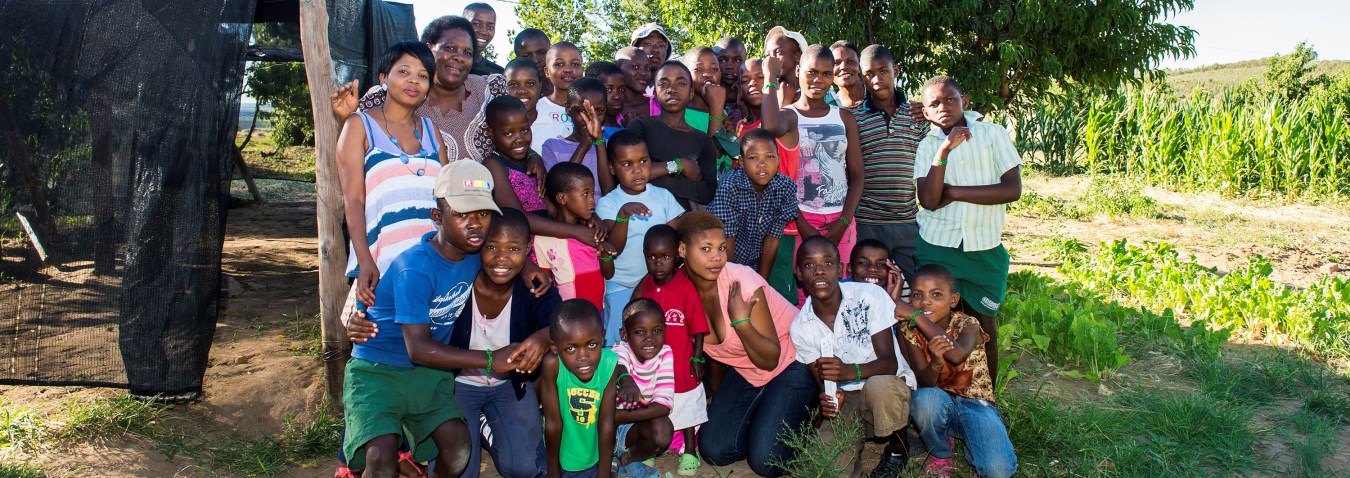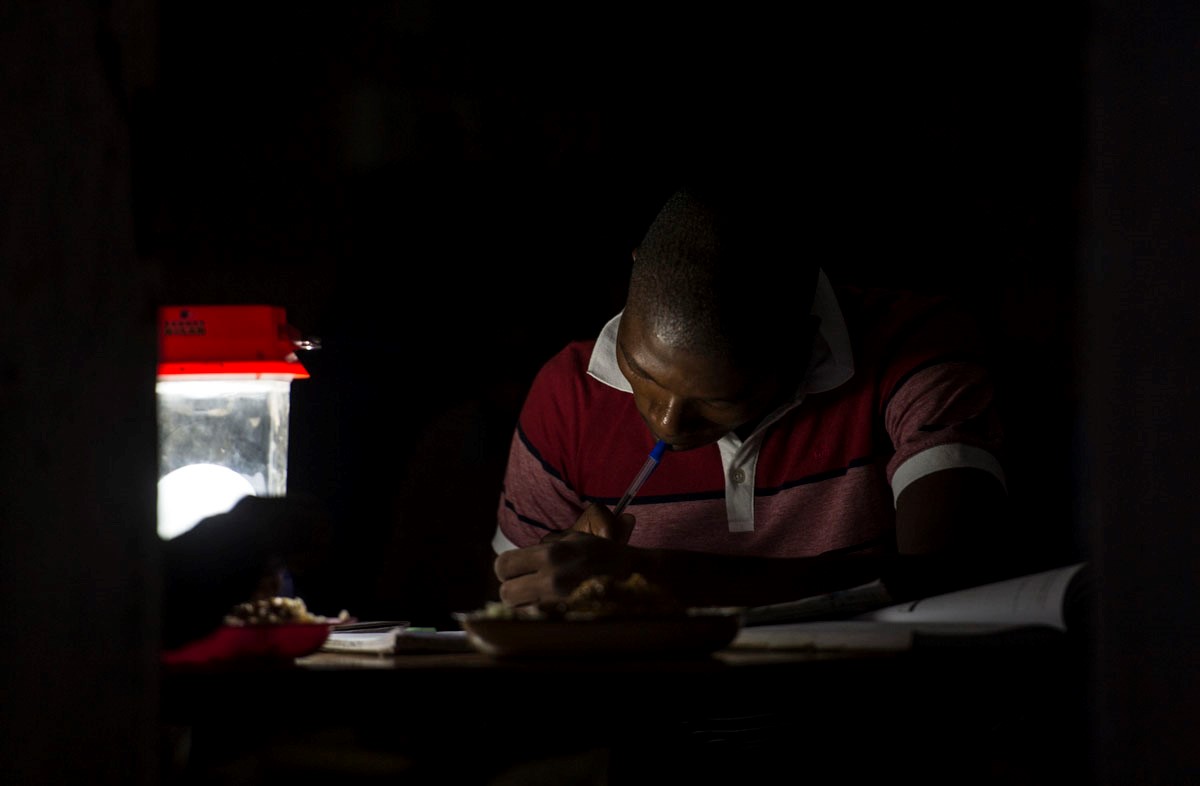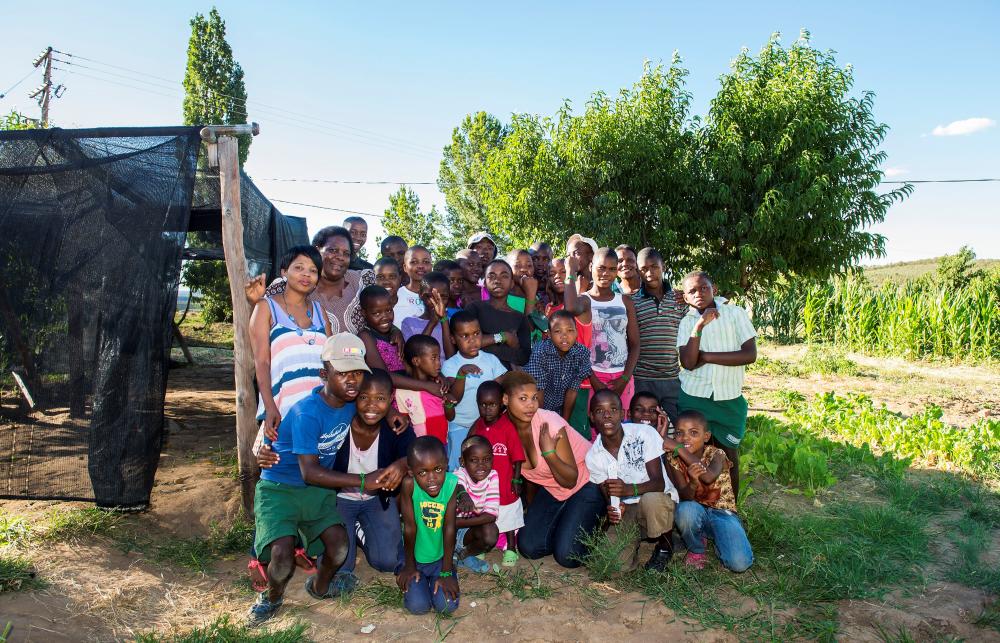
Connect4Climate launched in 2011 with a photo and video competition, inviting people from ages 13 - 35 to share personal climate change stories. We asked that the stories take place within the continent of Africa and focus: Agriculture, Energy, Forests, Gender, Health and Water. Through photos and short videos, participants shared with us how climate change affects their lives, communities, and environments. The selected winners were announced at a high-profile award ceremony at COP17 in Durban, where world leaders and prominent climate change thinkers had the chance to look, listen, and learn about these climate stories.
See the original competition information here
Receiving entries from every country in Africa, Connect4Climate team members have kept in touch with many of the contest participants and winners, including Mants’ase Children’s Home located in Mohale’s Hoek, Lesotho. Children from Mants’ase won three prizes for their photo submissions focusing on the agriculture and energy themes.
On February 3, 2015, one Connect4Climate team member traveled to Mohale’s Hoek, Lesotho, and visited Mants’ase. The children and staff showed her the location of the winning photos and told her about the climate change projects they have implemented and how they are contributing to the global climate conversation.

One student living at Mants’ase studies by solar lamp. Photo by Leigh Vogel
According to Elaine Herbert, Mants’ase Children’s Home Secretary and liaison to the Connect4Climate team:
“In 2003, the first solar water heaters were installed (on the roof of the building) and since then we have purchased more solar water heaters, so that we now only use solar energy for heating water for baths, showers and for doing the laundry.
The pump that pumps the water from the well up to the water reservoir (situated at the highest place on the property) is powered by solar energy. There are two big solar panels (on top of tall poles) situated not far from the teenage boy’s dormitory. The water is then fed by gravity from the reservoir to the taps.

The children and staff at Mants’ase Children’s Home stand near the garden. Photo by Leigh Vogel
We have a few solar lights, including the ‘street light’ in the grounds, which has its own solar panel so that it is recharged every day. The electricity we buy (from the national grid) is a fairly clean form of energy in that most, if not all of it, is hydroelectricity.
A lot of thought and planning has gone into the positioning and orientation of the new buildings (still under construction) along with the number and size of the windows, to allow maximum natural heating of these buildings by the sun during winter. Although in mid-winter our temperatures often drop to well below freezing at night, and very cold winds blow from the mountains, winter is our dry season and most days are sunny. So by keeping the cold wind out, while allowing maximum sunshine in, we should be able to keep to a minimum the use of other forms of energy for heating these buildings during winter.
We reduce our carbon footprint in other small ways—the vegetable garden for example, drying our laundry outside in the sun, and by generating relatively little refuse.
As far as conservation is concerned, most of our efforts have been focused on preventing soil erosion on our property.”
See the prizes the Connect4Climate team is shipping to Mants’ase on the Mants’ase Facebook page here



